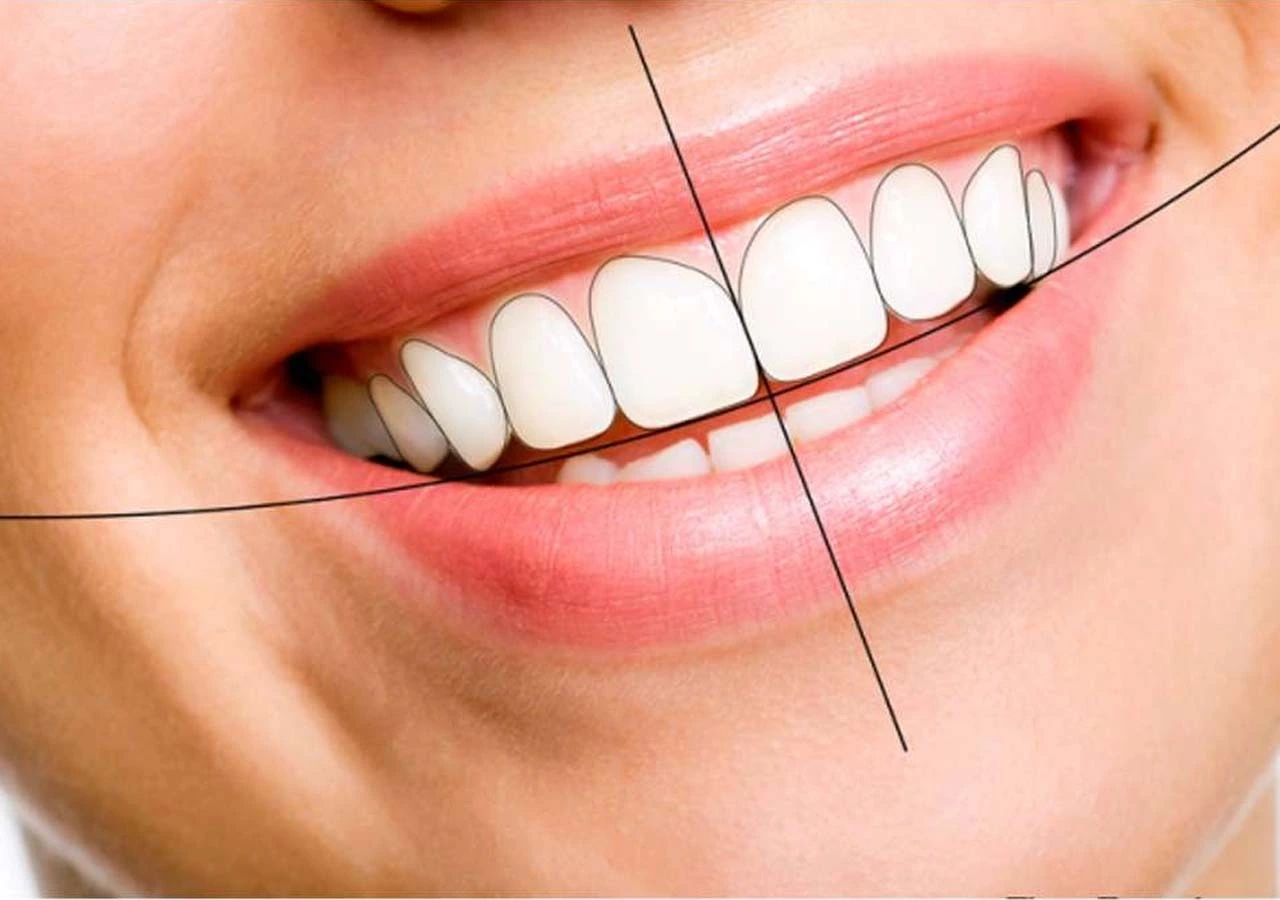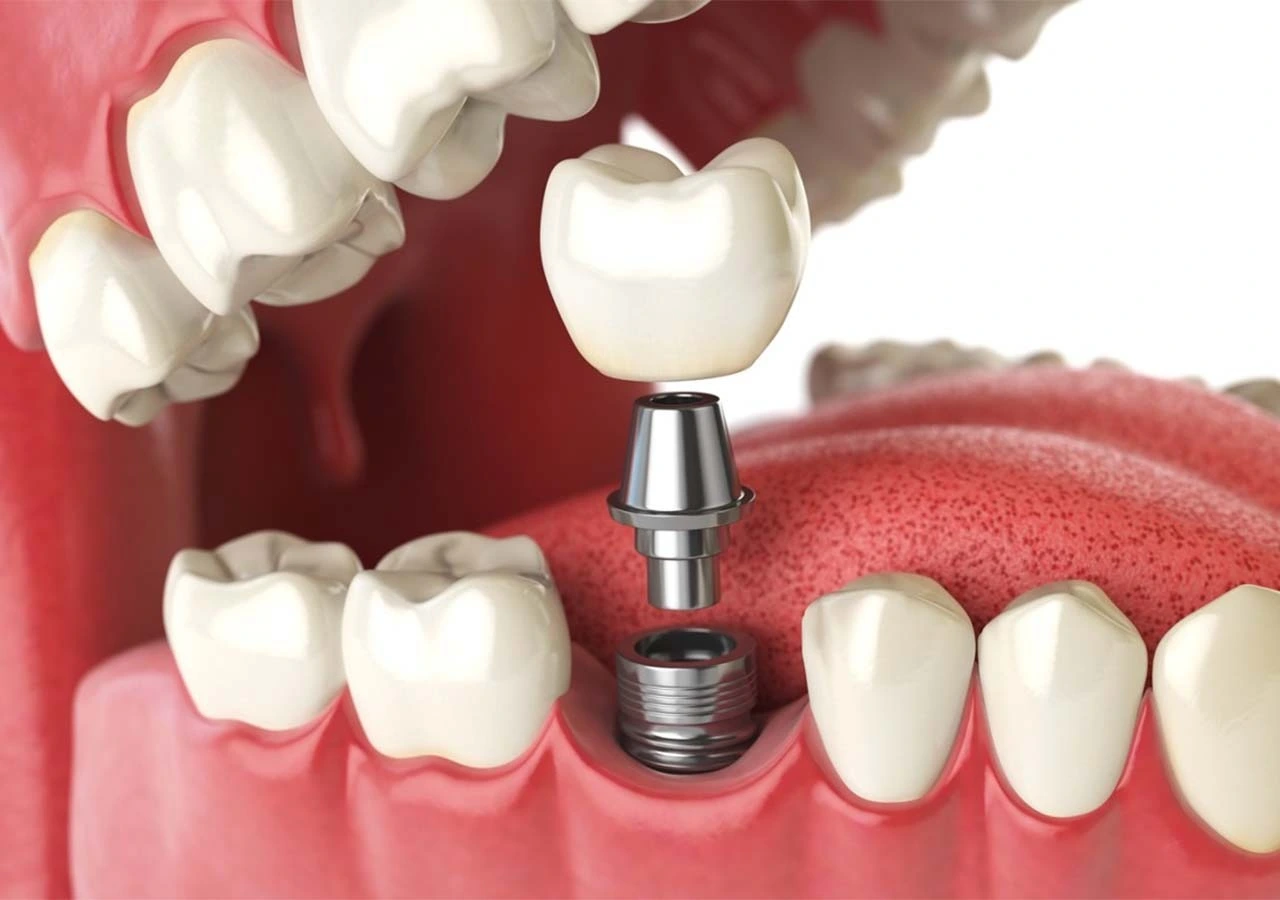Dental Implant with Digital Smile Design (DSD) Planning: The Impact

Introduction
Technological advancements continually redefine the way dental procedures are performed. One such innovation that has revolutionized the field is Digital Smile Design (DSD). Originally introduced as a tool to enhance cosmetic dentistry outcomes, DSD has expanded its applications to various facets of dental practice, including dental implant planning. This blog explores the profound impact of DSD on dental implant planning, highlighting its benefits, challenges, and future implications.
Understanding Digital Smile Design (DSD)
Digital Smile Design is a comprehensive concept that integrates various digital technologies to analyze, design, and execute aesthetic dental treatments. It involves the use of computer software, intraoral scanners, and digital imaging to create a visual representation of the patient's desired smile. By meticulously planning each aspect of the treatment digitally, dentists can achieve predictable outcomes and enhance patient satisfaction.
The Impact on Dental Implant Planning
Traditionally, dental implant planning relied heavily on two-dimensional imaging techniques such as panoramic radiographs and intraoral periapical X-rays. While these methods provided valuable information about bone density and anatomy, they lacked the precision and visual clarity offered by DSD. Here are some key ways in which DSD has transformed dental implant planning:
-
Precise Treatment Planning: DSD allows dentists to accurately assess the patient's oral anatomy, including bone structure, tooth position, and soft tissue contours. By superimposing digital models of dental implants onto the patient's scanned images, clinicians can visualize the proposed treatment outcome with unprecedented clarity. This precision enables more accurate implant placement, reducing the risk of complications and optimizing functional and aesthetic results.
-
Patient-Centric Approach: One of the most significant advantages of DSD in dental implant planning is its ability to involve patients in the decision-making process. Using DSD software, dentists can create virtual simulations of the proposed treatment, allowing patients to preview the anticipated results before undergoing the procedure. This interactive approach enhances patient satisfaction and fosters greater trust between the clinician and the patient.
-
Enhanced Communication and Collaboration: DSD facilitates seamless communication and collaboration among members of the dental team, including surgeons, prosthodontists, and dental laboratory technicians. By sharing digital treatment plans and simulations, interdisciplinary teams can coordinate their efforts more effectively, ensuring a cohesive approach to implant treatment. This interdisciplinary collaboration minimizes errors and maximizes efficiency throughout the treatment process.
-
Predictable Outcomes: With DSD, dentists can simulate various treatment scenarios and evaluate their potential impact on the patient's smile aesthetics and overall oral health. By analyzing digital mock-ups and virtual wax-ups, clinicians can refine their treatment plans iteratively until the desired outcome is achieved. This iterative approach enhances predictability and enables dentists to anticipate and address potential challenges before they arise.
Challenges and Limitations
While DSD offers numerous benefits for dental implant planning, it also presents certain challenges and limitations that must be considered:
-
Learning Curve: Implementing DSD into clinical practice requires dentists to undergo training and familiarize themselves with the nuances of the software and digital workflows. The learning curve associated with adopting new technologies can be steep, requiring time and dedication to master.
-
Cost and Investment: Integrating DSD into a dental practice entails significant upfront costs, including software licenses, hardware investments, and training expenses. For smaller practices or individual practitioners, the financial barrier to entry may be prohibitive.
-
Technological Limitations: Despite its advancements, DSD technology is not without its limitations. Factors such as image resolution, accuracy of intraoral scanning, and software compatibility can affect the quality and reliability of digital treatment planning.
Future Implications
Looking ahead, the future of dental implant planning is inexorably linked to the continued evolution of digital technologies. As DSD and other digital tools become more sophisticated and accessible, they hold the potential to further streamline and optimize the implant treatment process. Key areas of future development may include:
-
Integration of Artificial Intelligence: AI-powered algorithms could revolutionize dental implant planning by analyzing vast datasets to predict treatment outcomes, optimize implant placement, and customize treatment plans based on individual patient characteristics.
-
Augmented Reality and Virtual Reality: By leveraging AR and VR technologies, dentists can create immersive simulations of dental procedures, allowing patients to experience their treatment plan in a virtual environment. This immersive approach enhances patient engagement and comprehension, leading to improved treatment outcomes.
-
Miniaturization and Biocompatibility: Advances in materials science and engineering may lead to the development of miniaturized, biocompatible implants that offer enhanced osseointegration and longevity. These next-generation implants could further expand the possibilities for digital implant planning and restoration.
Conclusion
Digital Smile Design has emerged as a game-changer in the field of dentistry, offering unprecedented precision, predictability, and patient satisfaction. In the realm of dental implant planning, DSD has revolutionized the way clinicians approach treatment, empowering them to achieve optimal outcomes with greater efficiency and confidence. While challenges and limitations exist, the ongoing advancements in digital technology hold promise for further enhancing the practice of implant dentistry in the years to come. As dentists embrace these innovations, the future of dental implant planning looks brighter than ever before.
DOWNLOAD FREE E-BOOK
Kick start your Guided Surgery Practice.
 USA & Canada:
USA & Canada:
 UK:
UK:


Comments: